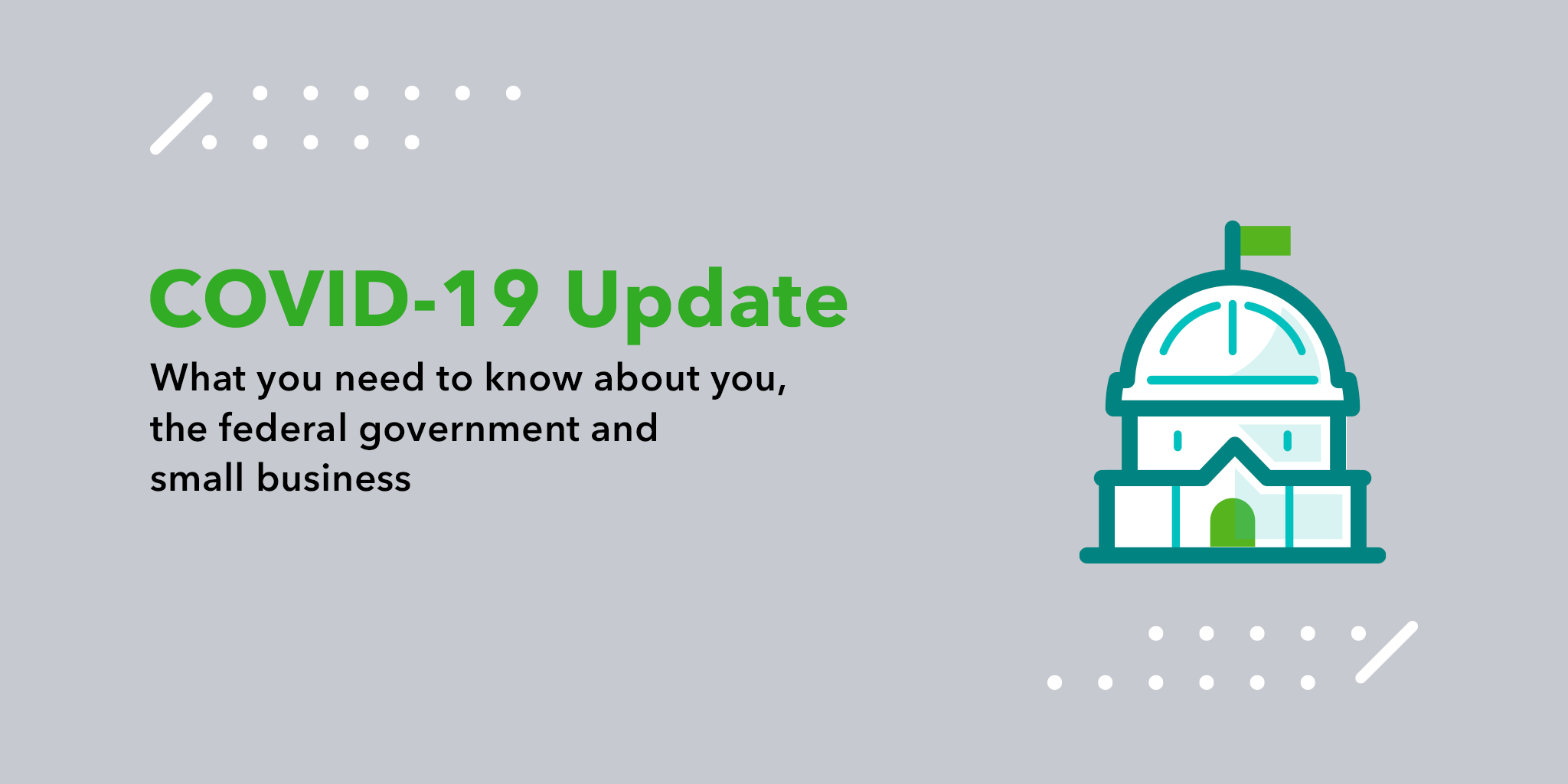Push to kick-start manufacturing and infrastructure investment
At this year’s budget the federal government outlined a solid range of programs to boost manufacturing, on top of a huge number of nation-building infrastructure initiatives.
The centrepiece is a $1.3 billion Modern Manufacturing plan focused on driving growth in the following industry sectors:
- Defence.
- Food and beverage manufacturing.
- Medical products.
- Recycling and clean energy.
- Resources technology and critical minerals processing.
- Space industry.
The federal government has also expanded its 10-year infrastructure pipeline, including an extra $14 billion for new and accelerated infrastructure projects, which will create 40,000 jobs. On top of this, $7.5 billion has been allocated [2] for national transport infrastructure projects, such as $2 billion in road safety upgrades and $1 billion local councils road upgrades.
Major projects include:
- The Singleton Bypass and Bolivia Hill Upgrade in New South Wales.
- The upgrade of the Shepparton and Warrnambool Rail Lines in Victoria.
- The Coomera Connector in Queensland.
- The Wheatbelt Secondary Freight Network in Western Australia.
- The Main South Road Duplication in South Australia.
- The Tasman Bridge Upgrade in Tasmania.
- The Carpentaria Highway Upgrades in the Northern Territory.
- The Molonglo River Bridge in the Australian Capital Territory.
The federal government has also committed more money for research and development, including:
- $1.9 billion for low emission and renewable technologies.
- $1 billion for university research.
- $459 million in extra funding for the CSIRO.
These projects will have myriad benefits for small business:
- A more efficient roads and rail network will help boost productivity.
- They will provide work for smaller firms in the infrastructure, engineering and consulting sectors.
The funding set aside for these project is on top of $11.3 billion already allocated to infrastructure in response to the COVID-19 pandemic.
















